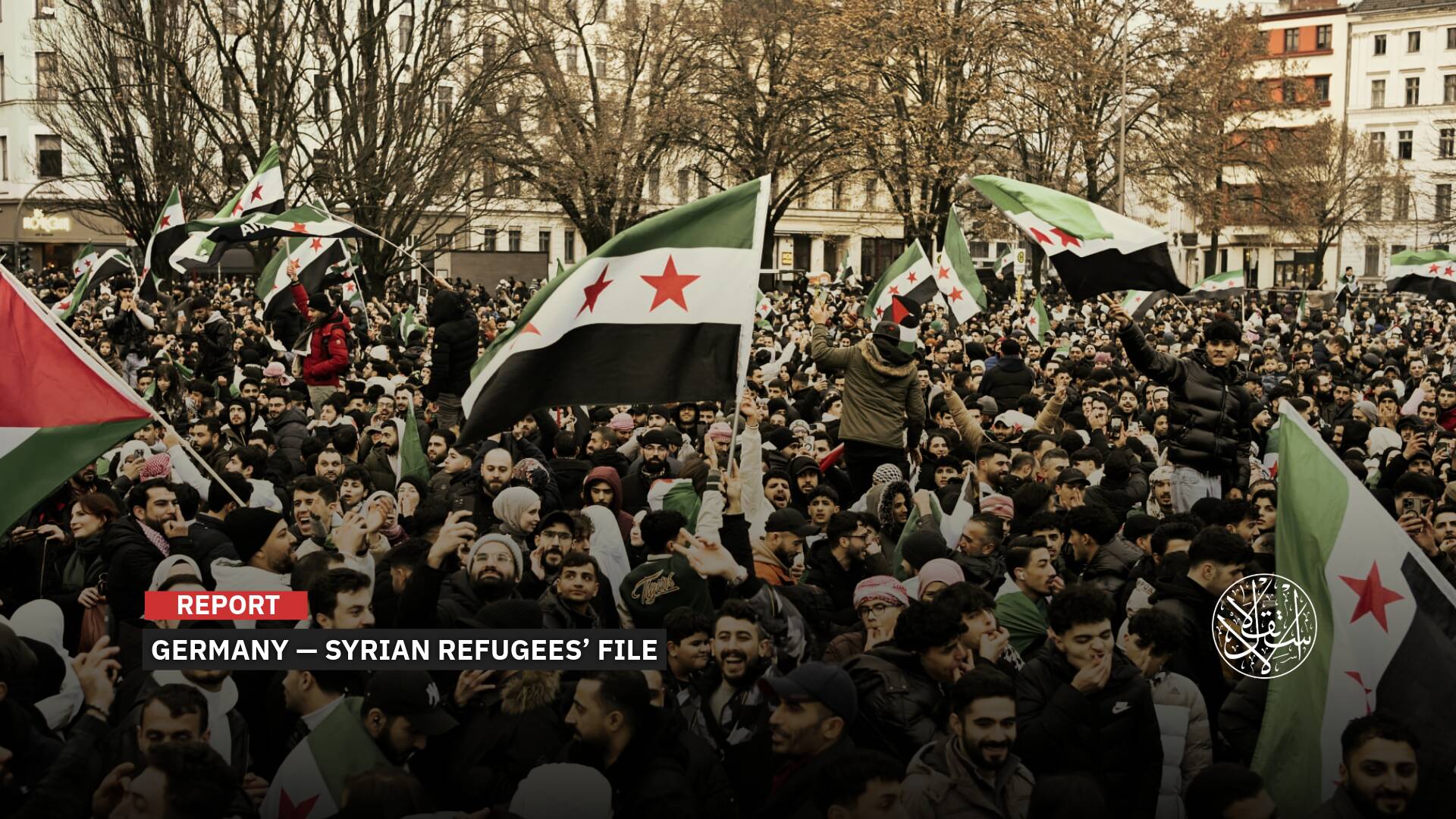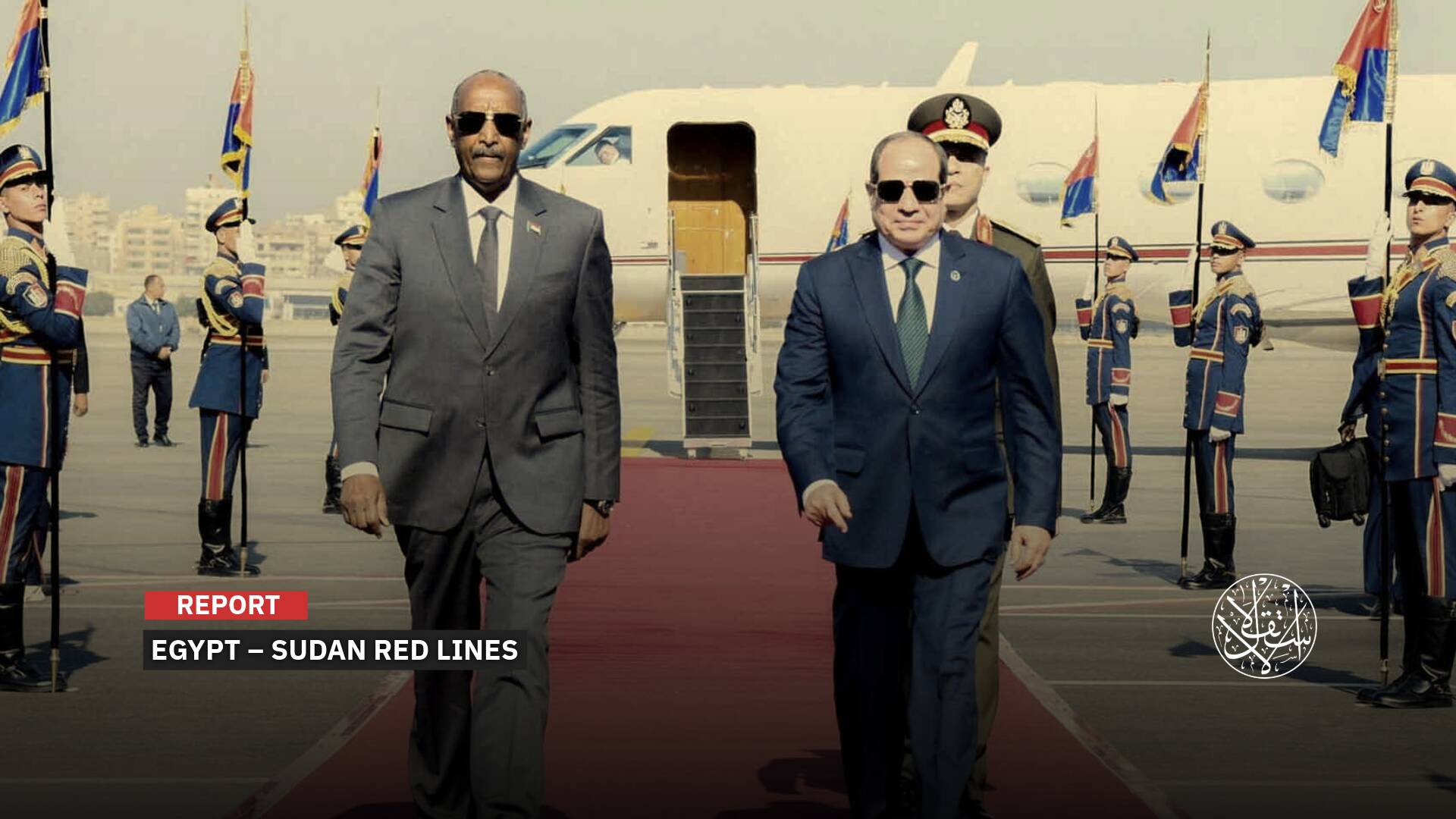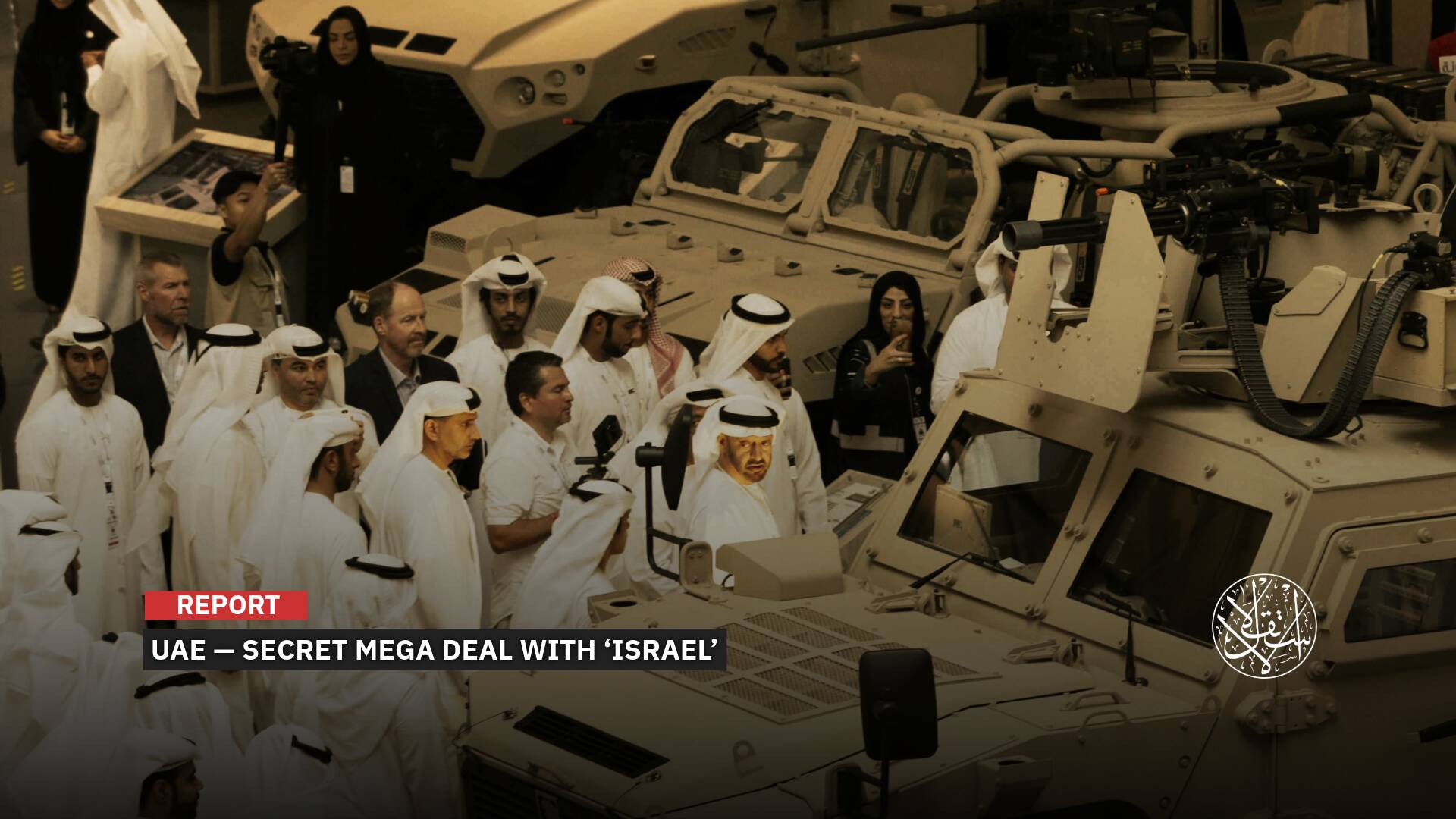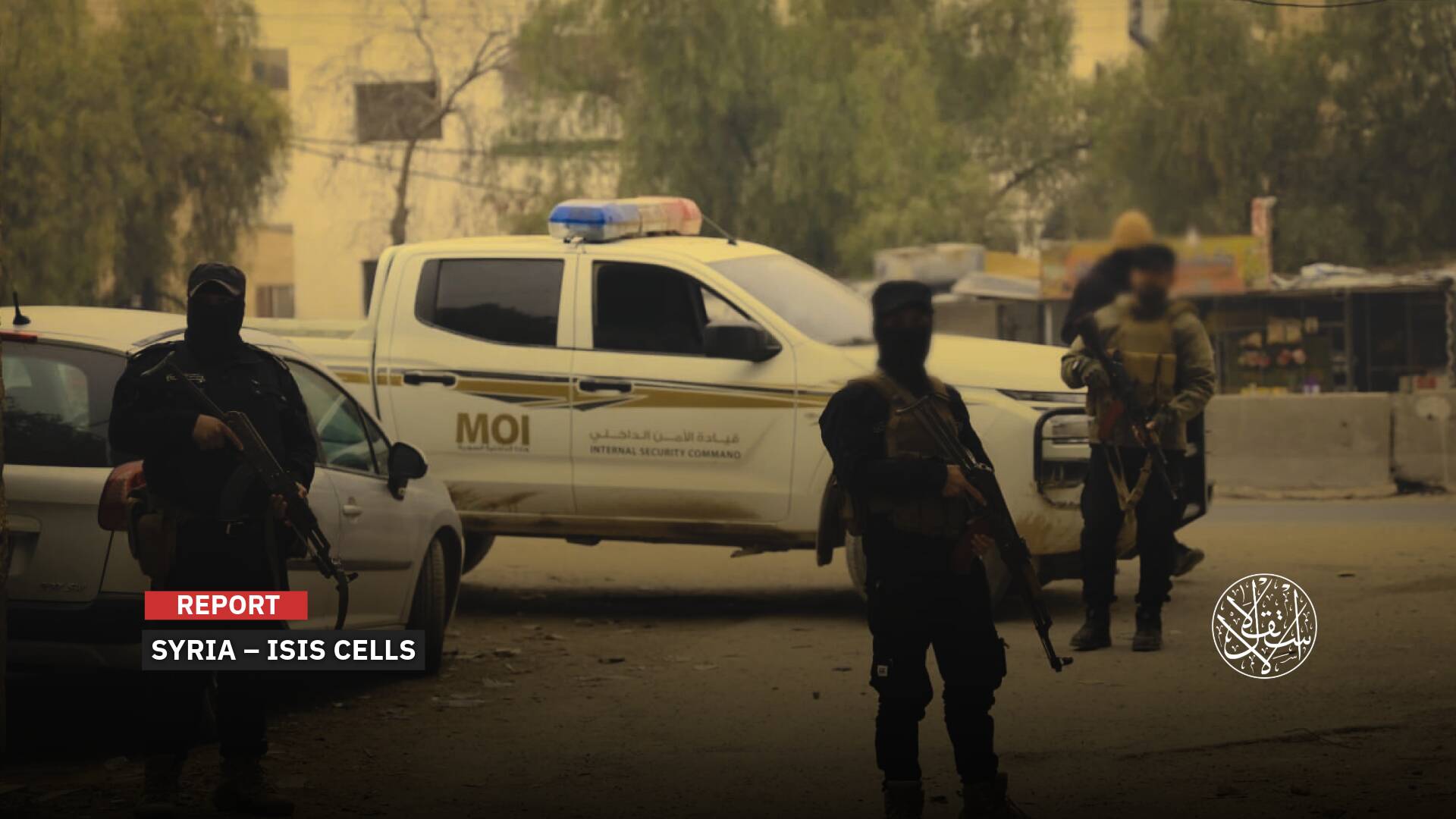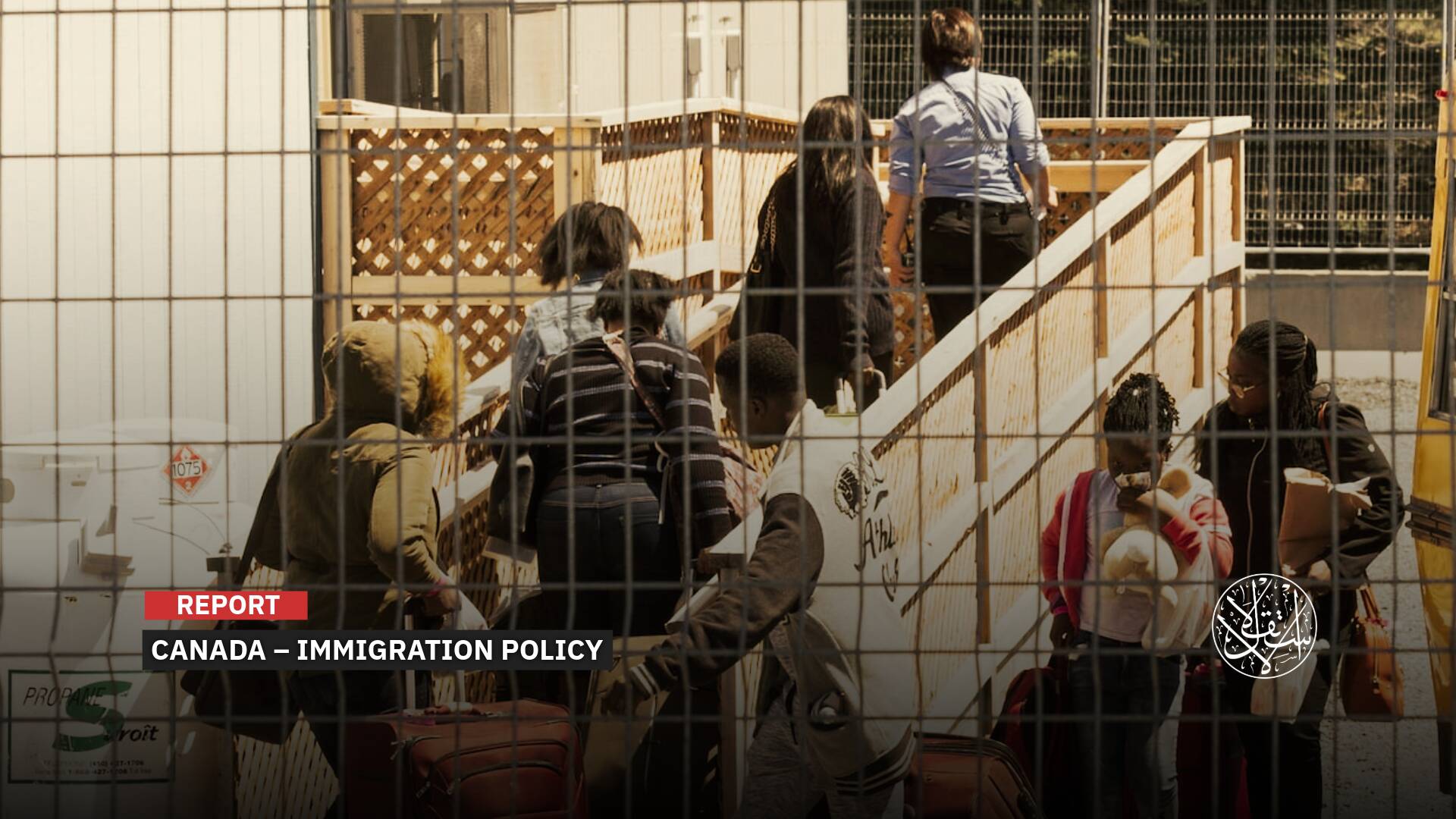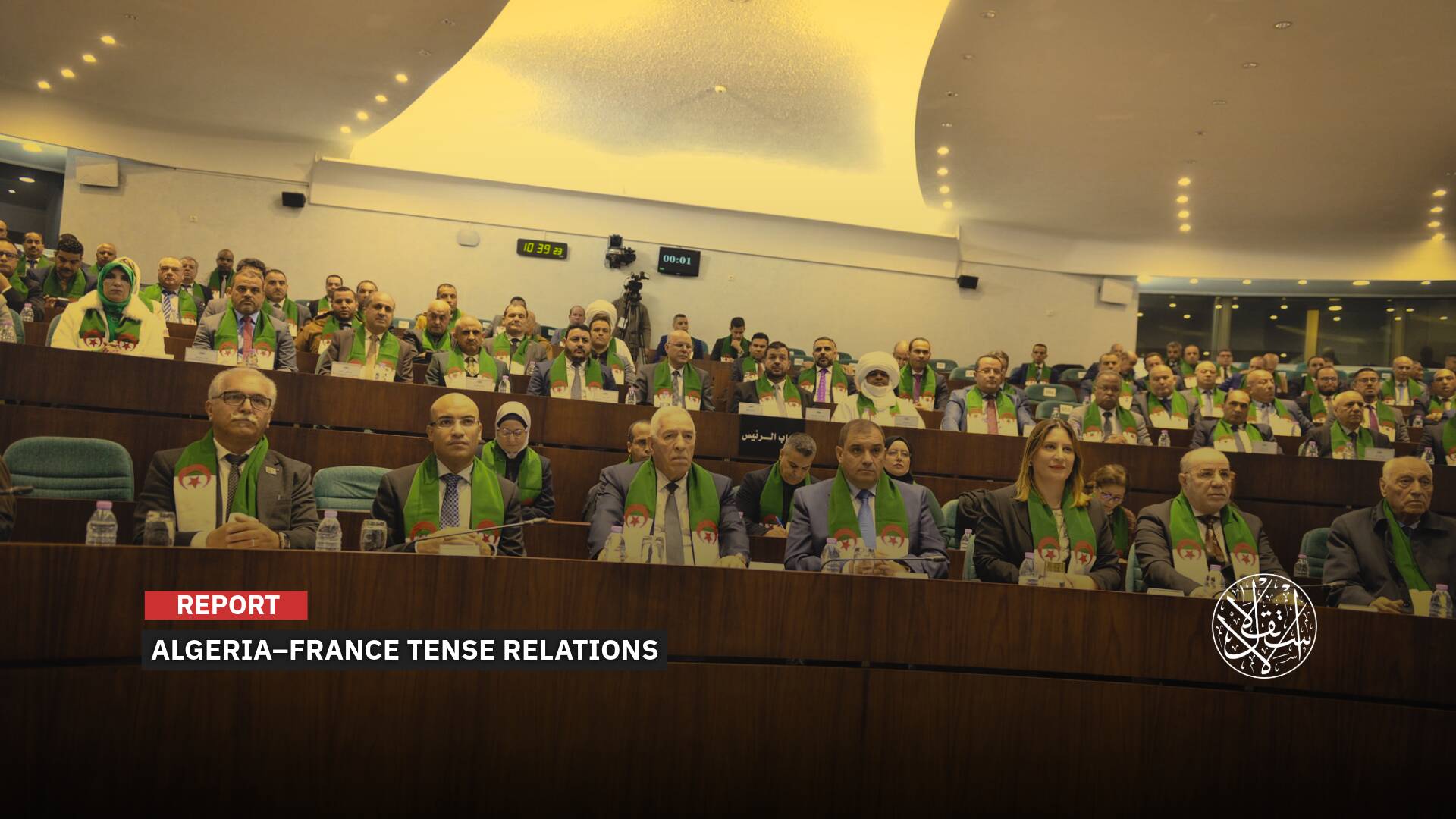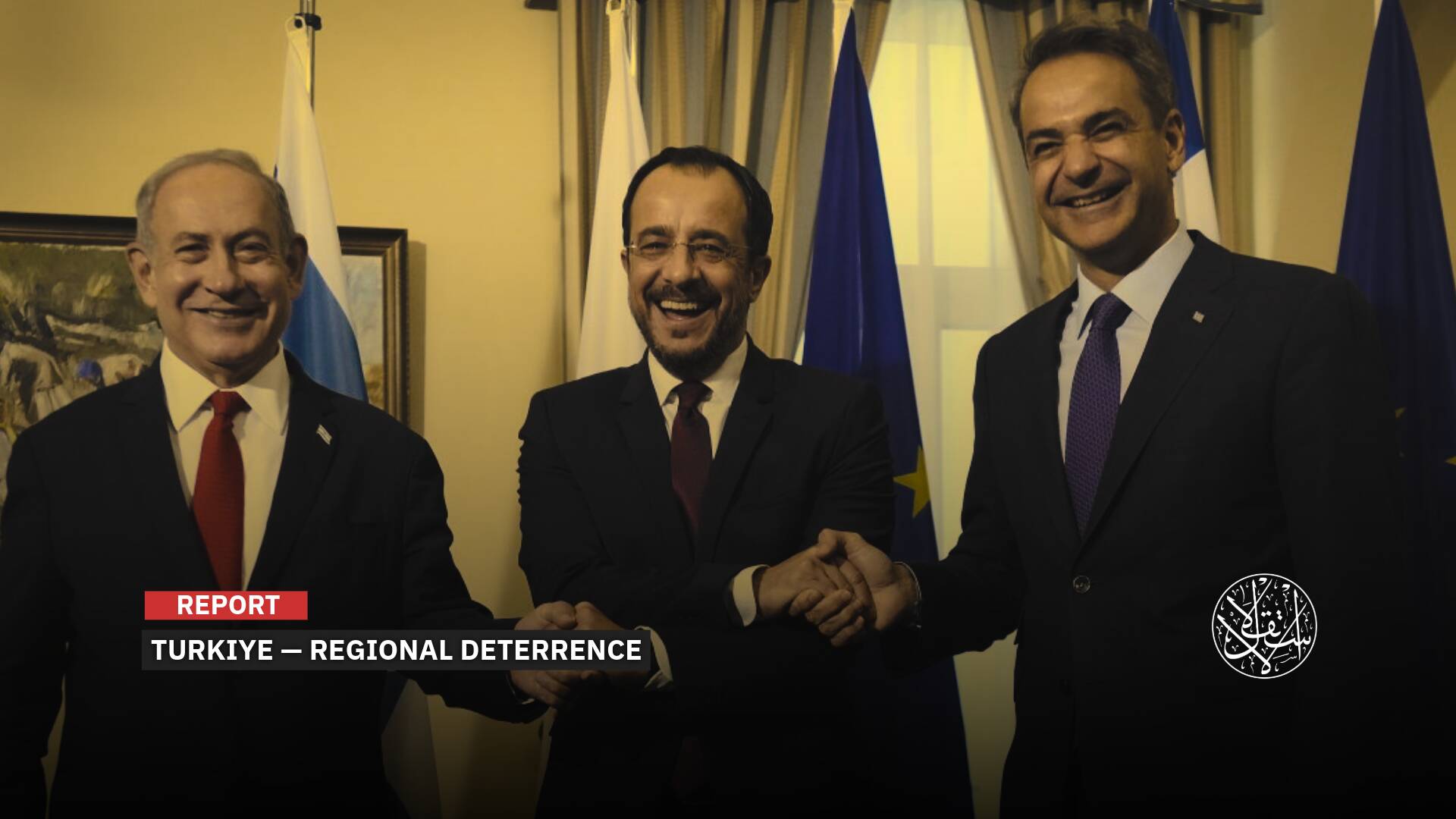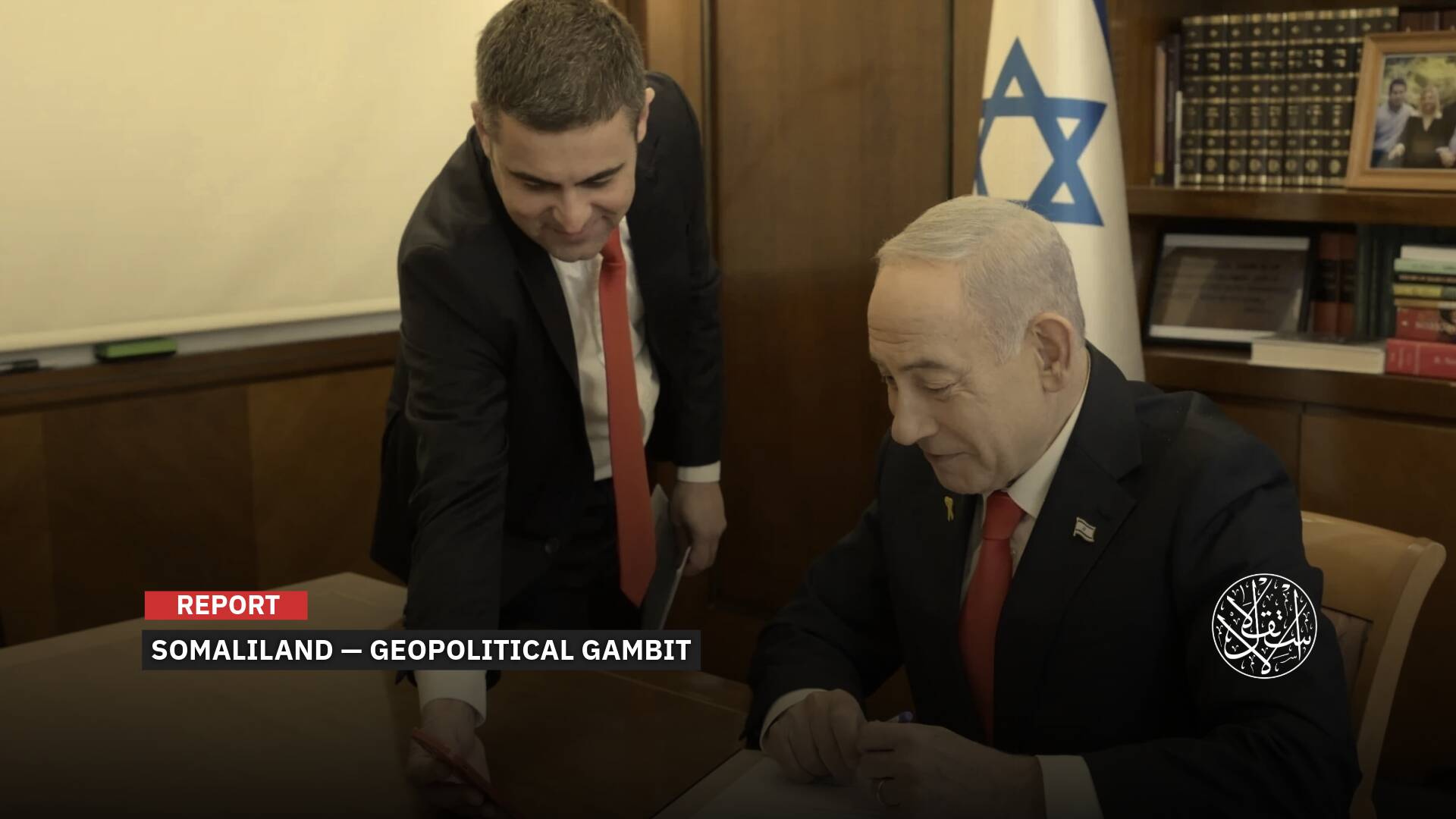ISIS Attacks in Syria: How is the Regime Exploiting Them to Benefit Iranian and Russian Forces?

Prominently, the “Islamic State” has resumed launching attacks against Bashar al-Assad’s forces and Iranian militias in Syria, following a period of dormancy for its cells stationed in the Syrian Badiya (also known as the Syrian Desert), extending toward the Iraqi Anbar desert.
This intensified offensive by the “Islamic State” in “the Syrian theater” follows the killing of Abu al-Hussein al-Husseini al-Qurashi, the fourth leader of the group, who died in clashes in northwest Syria.
On August 3, 2023, the “Islamic State” announced the appointment of Abu Hafs al-Hashimi al-Qurashi as its new leader, becoming the fifth leader after the previous four were killed in Syria.
ISIS Attacks
In the latest ambush, “Islamic State” forces carried out an attack on two military buses transporting Syrian regime forces as they passed through al-Mayadin Desert in the eastern countryside of Deir ez-Zor on August 10, 2023, resulting in the death of 33 regime members.
The “Islamic State” claimed responsibility for the attack the following day, as reported by its affiliate Amaq News Agency.
They stated that their elements set up a well-planned ambush for two military buses before targeting them with heavy gunfire and a number of rocket shells, leading to the burning of one bus and the disabling of the other.
Of notable significance, the “Islamic State” returned to executing attacks against Bashar al-Assad’s forces and Iranian militias in Syria, with a particularly sensitive attack occurring on July 28, 2023.
This attack targeted the Sayyidah Zainab neighborhood in southern Damascus, employing an explosive device. The incident resulted in the deaths of at least six people and the injury of over twenty others, as reported by the Syrian regime’s media.
The explosion took place near a security headquarters located approximately 600 meters from the Shrine of Sayyidah Zainab. This attack unfolded despite heightened security measures in the area, coinciding with mourning gatherings accompanying the commemoration of Ashura within the Shia community. The neighborhood attracts visitors from Iran, Iraq, Lebanon, and other countries.
This bombing’s significance lies in its occurrence within the heart of the Sayyidah Zainab neighborhood, a region that Tehran has detached from its surroundings and transformed into an administrative Shia capital, ostensibly to “protect” the shrine of Sayyidah Zainab, daughter of the fourth Caliph, Ali bin Abi Talib.
Over the past decade, the Sayyidah Zainab neighborhood has evolved into a fortified bastion for Iranian militias within the capital city. Families of military leaders, including officers of the Revolutionary Guard, reside there.
Iran has also established multiple training camps in the farms and orchards surrounding the Sayyidah Zainab neighborhood, targeting local elements who have joined Iranian militias. This endeavor aims to create an extended sphere of influence reaching Damascus International Airport.
It’s worth noting that the “Islamic State” claimed responsibility for a vehicle bombing at a police center in Damascus on May 10, 2023, resulting in the death of a senior-ranking officer and the injury of four police officers.
The Badiya
Regarding the Syrian Badiya, the border areas adjacent to the Syrian Desert fall under the influence of the Bashar al-Assad regime and Iranian militias. With a few exceptions in certain vulnerable spots along the Iraq border, “Islamic State” cells roam freely, capitalizing on the weak points.
Since its expansion in Syria in early 2014, the “Islamic State” has made the Badiya region a haven for its cells, maintaining a permanent presence even after its defeat by Syrian regime forces in late 2017, which led to its expulsion from Deir ez-Zor, al-Mayadin, and al-Bukamal.
Back then, the “Islamic State” succeeded in dividing the Badiya into sectors to ensure the survival of its groups. This division was particularly crucial after the United States, a supporter of the Syrian Democratic Forces (SDF), declared the definitive defeat of the organization in Deir ez-Zor Province in March 2019.

The United Nations states that the “Islamic State” maintains a significant covert presence in Iraq and Syria and continues its ongoing insurgency on both sides of the border, extending to territories it previously controlled.
According to a report published in February 2022, the organization still retains a total of ten thousand active fighters in these two countries alone.
Thus far, all the sweeping operations carried out by the Assad regime, with support from Russian and Iranian militias, have failed to cut off the vast logistical lifeline that the Syrian Desert offers to the “Islamic State.” This expanse extends along the Iraqi border.
Periodically, the “Islamic State” launches attacks on convoys and military buses of Syrian regime forces along the Deir ez-Zor to Damascus route, traversing the Syrian Desert.
The new wave of “Islamic State” attacks comes at a time when eastern Syria is witnessing heightened military activity from various forces, leading to a dynamic shift within the Syrian geographical landscape.
This takes the form of American mobilizations and Russian maneuvers alongside the Syrian regime, coupled with the redeployment and repositioning of Iranian militias in the region.
Well-Organized Plan
Military expert Brigadier General Abdullah al-Assad connected the attacks of the “Islamic State” in the Syrian Desert against Assad’s forces to the forthcoming military operation looming on the horizon involving U.S.-affiliated military formations against Iran.
Al-Assad added to Al-Estiklal, “The Islamic State’s attacks act as a blow to the Syrian regime’s movements and those of the Iranian militia toward the northeastern regions of Syria, specifically targeting the secure zones in al-Hasakah and Deir ez-Zor.”
The military expert pointed out that “such attacks directly target shipments of Iranian weapons that reach the Assad regime through the Syrian Badiya, coming across the Iraqi border.
“Bloody attacks like these provide an indication of constraining the Syrian regime’s forces from moving toward eastern Syria.”
Simultaneously, military expert Brigadier General Ahmad Rahhal interpreted this military escalation as being driven by those who want to disrupt the status quo through executing operations employing the “lone wolf” principle. This is especially significant given that the recent attacks on two military buses of the Syrian regime occurred at a time when the “Islamic State” was experiencing fragmentation.
He said in a televised interview on August 12, “The blame is directed toward Iran, which has a relationship with the Islamic State in terms of recruitment, investment, and operation. Through such attacks, they want to convey that there is terrorism in Syria and that any operation against Iranian militias in eastern Syria would impede the war against terrorism.”
Rahhal continued, “The Islamic State has affiliations with the Syrian regime and Hezbollah. It’s significant that the organization relocated its elements from Qalamoun in the Damascus countryside to Deir ez-Zor and from the Yarmouk camp south of Damascus to the Yarmouk Valley west of Daraa.”
He suggested that these attacks could be aimed at sending a message to Syrian citizens in Assad-controlled areas, indicating that there’s no need to raise their voices due to the living crisis. This narrative might be used to counteract public discontent and emphasize that there’s a supposed war on terrorism underway.
Rahhal concluded by saying, “The revival of the Islamic State serves the purpose of claiming that any war aimed at constraining forces combating terrorism is a propaganda tool exploited by Tehran. This is especially true as there are considerable questions about how the organization can breach all security precautions, move with ease, and cause the deaths of dozens of Assad’s forces.”
Ready-Made Excuse
Since the emergence of the “Islamic State” in Syria in 2014, the Syrian regime and its allies, Iran and Russia, have used this organization as a ready-made excuse to shift the balance of military control over Syrian territory.
Joint and individual campaigns by these three parties have failed to clear the Syrian Desert of the scattered cells of the “Islamic State” and eliminate them.
Instead, all these campaigns have resulted in dozens of casualties among the Syrian regime’s forces in terms of deaths, injuries, and captives. This is despite the direct support and backing from Russian experts and officers.
Given these circumstances, the issue of eradicating the “Islamic State” in the Syrian Desert is agreed upon by all to require international efforts that transcend the calculations of Russia and Iran, as well as their interests.
Especially since Russia is attempting to create a sense of balance in combating the “Islamic State,” alongside the United States, which deployed its military in Syria in September 2014 to carry out airstrikes against the organization in support of the Kurdish YPG forces forming the backbone of the Syrian Democratic Forces (SDF), which were established in 2015.
In this context, military expert Nawar Shaban from the Omran Center for Strategic Studies indicates that “the Syrian regime’s media uses the attacks by the Islamic State against Assad’s forces for media and political purposes.”
He added to Al-Estiklal, “This suggests that there is a signal that the organization’s cells are still present, necessitating different Russian and Iranian international interventions to curb this proliferation.”
Shaban continued, “This could be one of the reasons explaining why the Assad regime claims it needs the presence of Iranian-backed forces due to its own deficiencies in military forces. As a result, it requires external support to eliminate the Islamic State, which continues to carry out attacks.”
Sources
- The death toll from an ISIS attack on a military bus in eastern Syria has risen to 33 [Arabic]
- The “Islamic State” organization claims responsibility for the attack on the regime forces in Deir Ezzor [Arabic]
- ISIS confirms the death of its leader and announces the name of its new leader [Arabic]
- In the presence of Suhail al-Hassan and Russian officers, the Assad regime ends its last campaign in the desert [Arabic]



